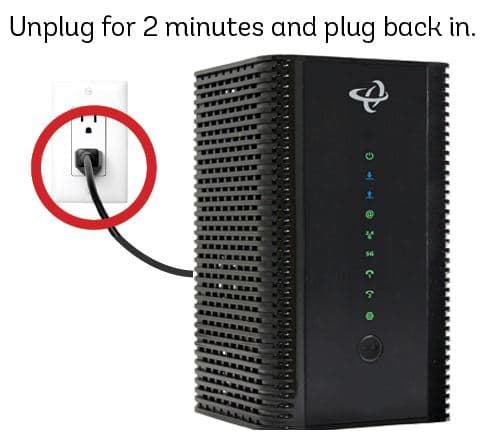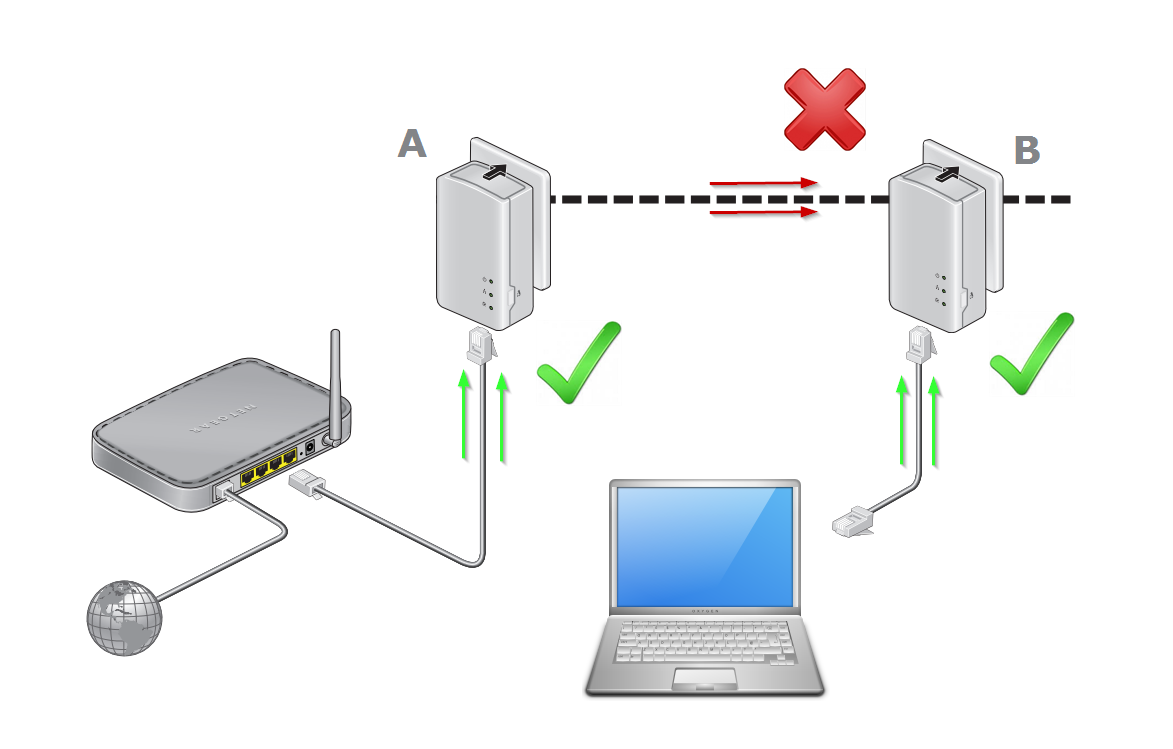In the rapidly evolving landscape of audio-visual technology, HDMI 2.1 continues to be a game-changer for high-quality video and audio transmission. As we move through 2024, whether you’re a gaming enthusiast, a home theater aficionado, or simply someone looking to get the most out of their 4K or 8K TV, understanding how to identify an HDMI 2.1 cable remains crucial. This comprehensive guide will walk you through everything you need to know about HDMI 2.1 cables, from identification to selection and usage, with the latest insights for 2024.
Understanding HDMI 2.1: What Sets It Apart
HDMI 2.1 is the latest iteration of the High-Definition Multimedia Interface standard, offering significant improvements over its predecessors. The key features that distinguish HDMI 2.1 include:
- Increased Bandwidth: HDMI 2.1 supports up to 48 Gbps, a massive leap from HDMI 2.0’s 18 Gbps.
- Higher Resolutions and Refresh Rates: It can handle 4K at 120Hz and 8K at 60Hz without compression, and even supports 10K resolution for specialized applications.
- Enhanced Audio Return Channel (eARC): Supports high-bitrate audio formats like Dolby Atmos and DTS:X, providing immersive audio experiences.
- Variable Refresh Rate (VRR): Reduces screen tearing in gaming, providing smoother gameplay.
- Auto Low Latency Mode (ALLM): Automatically switches to the optimal latency setting, enhancing responsiveness for gaming and interactive content.
- Dynamic HDR: Ensures optimal picture quality on a scene-by-scene or even frame-by-frame basis.
- Quick Frame Transport (QFT): Reduces latency for smoother, more responsive gaming experiences.
- Quick Media Switching (QMS): Eliminates the delay that can cause a blank screen before content is displayed when switching between media sources.
Real-world applications of HDMI 2.1 in 2024 include:
- Next-Gen Gaming: The latest gaming consoles and high-end PCs fully leverage HDMI 2.1 for 4K 120Hz gaming with VRR and ALLM, providing an unparalleled gaming experience.
- 8K Home Theaters: As 8K content becomes more prevalent, HDMI 2.1 is essential for delivering this ultra-high-resolution content to compatible displays.
- Professional Video Production: Content creators and video professionals benefit from the increased bandwidth and color depth for high-end production workflows.
- Virtual Reality: HDMI 2.1’s high bandwidth and low latency features are crucial for next-generation VR headsets, enabling more immersive and responsive experiences.
How to Identify an HDMI 2.1 Cable
Identifying an HDMI 2.1 cable isn’t always straightforward, but there are several key indicators to look for:
1. Check the Packaging
The most reliable way to identify an HDMI 2.1 cable is by examining its packaging:
- Look for the “Ultra High Speed HDMI Cable” label.
- Check for the HDMI 2.1 specification mention.
- Verify if it claims support for 48 Gbps bandwidth.
2. Certification Label
Genuine HDMI 2.1 cables should have a certification label:
- Look for the “Ultra High Speed HDMI Certification” label.
- Check for a QR code that can be scanned for verification.
3. Use the HDMI Cable Certification App
The HDMI Licensing Administrator provides an official app to verify cable certification:
- Download the HDMI Cable Certification App from your device’s app store.
- Scan the QR code on the cable’s packaging or label.
- The app will confirm if the cable is certified for HDMI 2.1 specifications.
4. Physical Inspection
While not always reliable, some physical characteristics might indicate an HDMI 2.1 cable:
- Thicker gauge wire to handle higher bandwidth.
- High-quality connectors with gold plating.
- “HDMI 2.1” or “48G” printed on the cable itself (though this isn’t a guarantee).
HDMI 2.1 vs. HDMI 2.0: Key Differences
Understanding the differences between HDMI 2.1 and 2.0 can help you determine if you need to upgrade:
| Feature | HDMI 2.0 | HDMI 2.1 |
|---|---|---|
| Maximum Bandwidth | 18 Gbps | 48 Gbps |
| Max Resolution at 60 Hz | 4K | 8K |
| Max Refresh Rate at 4K | 60 Hz | 120 Hz |
| eARC Support | No | Yes |
| Variable Refresh Rate | No | Yes |
| Auto Low Latency Mode | No | Yes |
| Dynamic HDR | Limited | Full Support |
| Quick Frame Transport | No | Yes |
| Quick Media Switching | No | Yes |
Choosing the Right HDMI 2.1 Cable
When selecting an HDMI 2.1 cable in 2024, consider the following factors:
1. Certification
Always opt for certified Ultra High Speed HDMI cables. This ensures they meet the HDMI 2.1 specifications and have undergone rigorous testing.
2. Length
Longer cables may experience signal degradation. For distances over 5 meters, consider active HDMI cables or fiber optic HDMI cables. In 2024, improved signal processing has extended the reliable length for passive HDMI 2.1 cables, but it’s still a factor to consider.
3. Build Quality
Look for cables with durable jackets and high-quality connectors to ensure longevity. Braided cables often offer better durability for frequent plugging and unplugging.
4. Brand Reputation
Stick to reputable brands known for quality HDMI cables. In 2024, established brands like Belkin, Zeskit, Cable Matters, and MonoPrice continue to be reliable choices.
5. Price
While HDMI 2.1 cables are generally more expensive than older versions, be wary of extremely cheap options that claim HDMI 2.1 compatibility. In 2024, prices have stabilized, but quality cables still command a premium.
6. Compatibility with Future Standards
Look for cables that mention compatibility with emerging standards or future-proofing features. Some manufacturers are already advertising readiness for potential HDMI 2.2 specifications.
Top HDMI 2.1 Cable Recommendations for 2024
Based on expert reviews, user feedback, and performance tests, here are some top HDMI 2.1 cable options available in 2024:
- Belkin Ultra High Speed HDMI Cable
- Pros: Exceptional reliability, consistent performance, sturdy build
- Cons: Premium pricing
- User Rating: 4.8/5 based on 2,500+ reviews
- Zeskit Maya 8K 48Gbps Certified Ultra High Speed HDMI Cable
- Pros: Excellent value for money, wide range of lengths available
- Cons: Slightly stiffer than some competitors
- User Rating: 4.7/5 based on 5,000+ reviews
- Cable Matters Certified Active Ultra High Speed HDMI Cable
- Pros: Great for longer cable runs, slim and flexible design
- Cons: Active chipset may require occasional firmware updates
- User Rating: 4.6/5 based on 1,800+ reviews
- MonoPrice 8K Certified Braided Ultra High Speed HDMI Cable
- Pros: Durable braided design, competitive pricing
- Cons: Limited length options
- User Rating: 4.5/5 based on 3,200+ reviews
- AudioQuest Mythical Creature ThunderBird 48 HDMI Cable
- Pros: Audiophile-grade quality, exceptional shielding for pristine signal
- Cons: Very expensive, overkill for most users
- User Rating: 4.9/5 based on 500+ reviews
| Cable | Length Options | Price Range | Special Features |
|---|---|---|---|
| Belkin Ultra High Speed | 2m – 5m | $$$$ | Advanced error correction |
| Zeskit Maya | 1m – 16m | $$ | Wide compatibility |
| Cable Matters Active | 5m – 30m | $$$ | Active signal boosting |
| MonoPrice 8K Certified | 1m – 3m | $ | Braided durability |
| AudioQuest ThunderBird | 0.6m – 5m | $$$$$ | Audiophile-grade materials |
Common HDMI 2.1 Myths Debunked
Let’s address some common misconceptions about HDMI 2.1 cables that persist in 2024:
- Myth: All HDMI cables labeled as “high-speed” are HDMI 2.1 compatible.
Fact: Only Ultra High Speed HDMI cables are certified for HDMI 2.1 features. - Myth: You need HDMI 2.1 cables for 4K content.
Fact: HDMI 2.0 cables can handle 4K at 60Hz. HDMI 2.1 is necessary for 4K at 120Hz or 8K content. - Myth: Expensive HDMI cables always perform better.
Fact: As long as the cable is certified for HDMI 2.1, more expensive doesn’t necessarily mean better performance. The digital signal is either transmitted correctly or it isn’t. - Myth: HDMI 2.1 cables make your picture quality better on any TV.
Fact: HDMI 2.1 cables enable higher bandwidth, but picture quality improvements depend on your source device and display capabilities.
Future-Proofing Your Setup
As we look beyond 2024, here’s how to future-proof your AV setup:
- Invest in certified Ultra High Speed HDMI cables even if your current devices don’t support all HDMI 2.1 features. This ensures compatibility with future upgrades.
- Consider the potential for upgrading your devices in the near future when choosing cables. If you’re planning to purchase an 8K TV or next-gen gaming console, HDMI 2.1 cables are essential.
- Keep informed about emerging standards like HDMI 2.2 or potential successors. While not yet released, rumors suggest even higher bandwidths and new features may be on the horizon.
- Look for cables that advertise compatibility with emerging technologies like higher refresh rates (e.g., 360Hz displays) or increased color depth.
- For professional setups, consider investing in modular HDMI systems that allow for easier upgrades of individual components as standards evolve.
Troubleshooting HDMI 2.1 Connections
If you’re experiencing issues with your HDMI 2.1 setup, try these troubleshooting steps:
- Ensure all devices in your chain support the HDMI 2.1 features you’re trying to use. Not all HDMI 2.1 ports support the full feature set.
- Check cable connections and try reseating them. Sometimes a loose connection can cause issues.
- Update firmware on all connected devices. Manufacturers often release updates to improve HDMI 2.1 compatibility and performance.
- Try a different HDMI 2.1 certified cable to rule out cable issues. Some early HDMI 2.1 cables had compatibility problems that have been resolved in newer versions.
- Verify your display settings match your cable and device capabilities. Sometimes manual configuration is necessary to enable all HDMI 2.1 features.
- For gaming setups, ensure your console or PC graphics settings are configured to output at HDMI 2.1 compatible resolutions and refresh rates.
- If using long cable runs, consider adding an HDMI signal booster or upgrading to an active HDMI 2.1 cable to ensure stable signal transmission.
Conclusion
As we navigate the audio-visual landscape of 2024, identifying and choosing the right HDMI 2.1 cable remains crucial for getting the most out of your high-end equipment. By looking for the Ultra High Speed HDMI certification, using the official HDMI Cable Certification App, and considering factors like length, build quality, and compatibility with future standards, you can ensure you’re getting a genuine HDMI 2.1 cable that will meet your needs now and in the coming years.
Remember, while HDMI 2.1 offers impressive capabilities, it’s only necessary if you have devices that can take advantage of its features. Always assess your specific requirements and future plans when investing in new HDMI cables. The world of HDMI technology continues to evolve, and with this guide, you’re well-equipped to navigate the current landscape and make informed decisions for your audio-visual setup.
By staying informed and making smart choices, you can enjoy the full potential of your 4K and 8K displays, next-gen gaming consoles, and high-end home theater systems. As we look to the future, HDMI 2.1 remains at the forefront of digital audio-visual technology, enabling immersive experiences and pushing the boundaries of what’s possible in home entertainment and professional AV setups alike.





